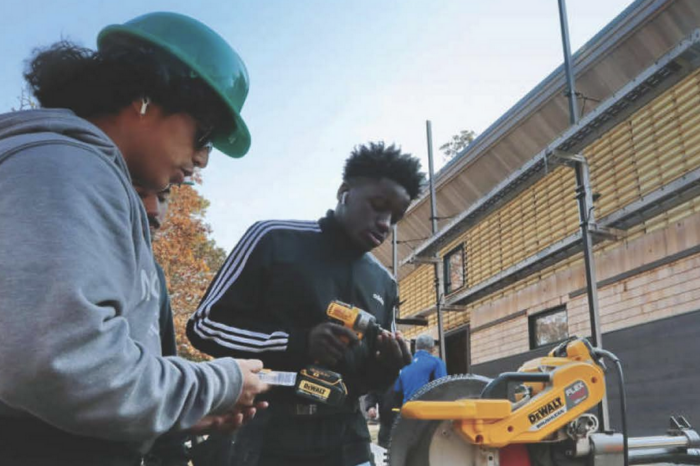Admissions lotteries would harm vocational-technical schools
This op-ed originally appeared in the Boston Globe on January 19, 2024.
Expanding the number of seats must be done in a way that promotes equity without endangering the academic and occupational excellence that drives burgeoning demand for these schools
The vocational-technical high schools in Massachusetts are a national model, but failure to understand the elements of that success threatens to derail it.
The decision by the framers of the Commonwealth’s 1993 Education Reform Act to subject those enrolled in voc-tech schools to the same standards and accountability measures as other public school students transformed those schools. Once academic underachievers, the voc-techs’ MCAS performance now puts them on par with comprehensive high schools, according to a 2022 book by Pioneer Institute, and at least 6,000 students are on waitlists. Vocational-technical graduates are better prepared to enter the workforce than traditional high school graduates, thanks to programs that include skills like workplace readiness, teamwork and problem solving. Two-thirds go on to continue their vocational training or pursue further education.
Yet some policy makers would compromise the very characteristics that are responsible for the success of these schools by mandating that admission to the schools be by lottery. This would diminish quality and harm students of all backgrounds.
Vocational-technical high schools already reflect the Commonwealth’s demographic profile. The schools educate a higher percentage of low-income students than comprehensive high schools. While 19 percent of public high school students in Massachusetts have special needs, the number is 23 percent at voc-techs — and the graduation rate among those students is 14 points higher than at traditional high schools. Finally, the dropout rate at vocational-technical schools is just a third of that in comprehensive high schools.
At the heart of this success is work done to ensure that the students who attend are a match for the schools’ mission. Unlike most public schools, for example, voc-tech schools offer a specialized curriculum that is very different than that at traditional high schools. It includes alternating weekly between academic and vocational education. Students are trained to operate sophisticated and potentially dangerous equipment, which is why the schools take behavioral and attendance data into account in the admissions process.
As David Ferreira, past president of the Massachusetts Association of Vocational Administrators, said, if “you’ve got 15 kids with welding torches and somebody starts horsing around, you’ve got major issues.”x
Safety is only one reason why it’s so important to ensure a good match between student and school. Because of the facilities and equipment required, per-student costs at vocational-technical schools are $5,000 more than at traditional high schools.
At their core, vocational-technical high schools combine operational autonomy — each regional voc-tech is its own school district — with close relationships to local employers. Business advisory councils ensure that school offerings are aligned with the skills needed in the local economy. The businesses also provide state-of-the-art equipment and co-op programs for juniors and seniors, and hire many voc-tech graduates. It’s an educational ecosystem that relies on the match between student and school.
The ideas driving the current debate around vocational-technical school admissions aren’t new to Massachusetts. Over the last 15 years, the Commonwealth has degraded educational standards and eliminated the Office of Educational Quality and Accountability, an independent state agency that conducted comprehensive school district reviews. In the span of nearly a decade before the COVID-19 pandemic hit in 2020, state scores on national tests fell by more than all but 17 other states in math and all but 14 in reading — and race- and income-based performance gaps widened further.
Rather than changes to the admissions process that would strike at the heart of a true educational success story, Massachusetts would be better served by ensuring that vocational-technical administrators have the chance to inform area eighth-graders about the opportunities their high schools offer. Currently, that is too often not allowed.
Expanding the number of seats available in vocational-technical high schools is a good investment for Massachusetts. But it’s critical they are expanded in a way that promotes equity without endangering the academic and occupational excellence that continues to drive burgeoning demand for these schools.



